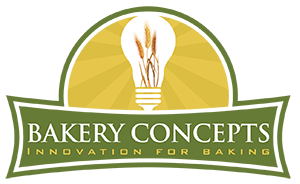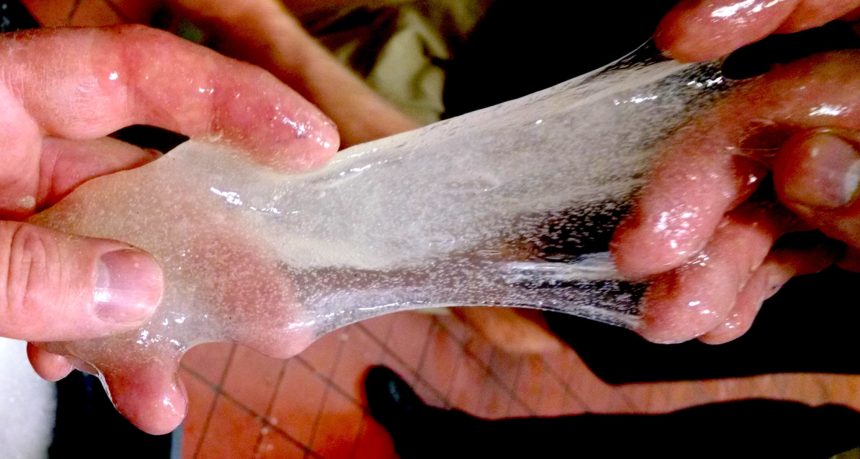How do you mix hydrocolloids now? Are you using hot water – and then cooling it prior to processing? Are you fighting to reach the right level of hydration in a homogeneous solution? Can you avoid lumps that gum up equipment? It’s a time consuming process that significantly affects the viscosity and quality of the final product.
There is now a way to improve the process; a way to instantly hydrate hydrocolloids with ambient temperature water (yes, you read that right). To understand how, it helps to evaluate what it takes to successfully mix gums and starches in the first place.
Why are hydrocolloids so hard to mix?
Hydrocolloids fall into the gums and starches category. They determine how water flows and is absorbed within a solution. They provide stabilization. They slow separation, crystallization and foam collapse.
Their functionality hinges on proper hydration and mixing. Water turns them from a dry solid into a gel. So, the right amount is crucial for the final viscosity of the solution. The action of mixing gives gels their structure and strength—so the process speed and time will have a say in the end product as well.
Issues arise because hydrocolloids do their job too well. They gel too quickly, forming troublesome clumps. A few common ways to avoid this are:
- Pre-mix with other dry ingredients
- Use super-heated water
- High mixing speeds and times
- Filters
The problem with all these approaches is it takes time, money, extra equipment. And, the optimal yield is missed.
Rather than adding more steps, start at the beginning. Hydrocolloids clump because of how they interact with water. So, let’s change the way they meet.
Instant hydration and cool mixing
Our patented Rapidojet technology starts on the macromolecular level. Ambient water is blasted at free falling dry ingredients, increasing the surface area to individual particles. This ensures instant mixing via instant hydration.
In the case of hydrocolloids, it means a homogenous, lump-free gel—such as a 2% Pectin solution made with ambient temp water in a matter of seconds.

Pre-gelatinized starch at 400% hydration with Rapidojet.
For your process this means:
- No energy spent heating water
- No cooling down the resulting solutions
- No pre-mixing dry ingredients
- Significant reduction in the required level of hydrocolloid
For your product this means:
- Stable and consistent viscosity
- Improved texture and density
- Yield-potential increases
Rapidojet does not just instantly hydrate and improve hydrocolloids. Practically any product that requires the hydration of dry ingredients—liquid sponge or biga, bran, sourdough starters, dough, masa mixes, sprouted grains, gluten-free products—will benefit from this technology.
Learn more about what the right kind of hydration could be doing for your product and bottom line!
If you’d like to see Rapidojet technology in action, or learn more about it’s uses for mixing hydrocolloids, send me an email at ken@bakeryconcepts.net.

